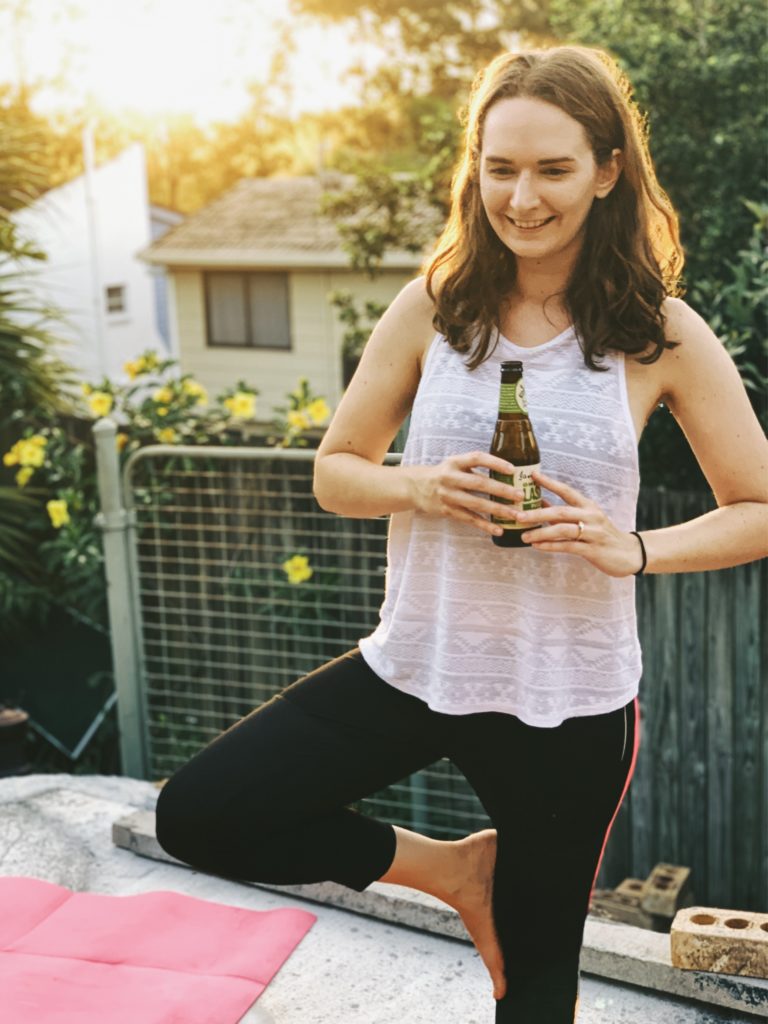There is the practice of ‘yoga’ and that’s it. Many of us apply different methods of the practice to achieve the same thing – the state of yoga. The asana (ie. The postures and physical movements first introduced to the West) take on so many different methods to suit anybody and new forms are constantly emerging. So what different types of yoga asana sequences are out there?
- Hatha – For any beginner, this is the best type to begin with because it focuses on the postures solely and finding the breath.
- Ashtanga – This is one of the lineages of Hatha yoga which has a set standard sequence of postures. These postures come range from first to third and suit disciplined practitioners. ‘Mysore’ is often offered wherever Ashtanga is where the practitioner goes through the postures themselves without any guidance from an instructor.
- Iyengar – This is another lineage of Hatha yoga whereby B.K.S Iyengar found the use of props was of great benefit to help practitioners feel the benefits of the posture despite strength or flexibility limitations.
- Vinyasa – This is a form of Hatha and is kind of like the baby of Ashtanga and Iyengar. It translates to ‘intelligent sequencing’ so that the poses flow freely between one another. There is a strong focus to link the breath to the movements.
- Restorative – The lineage for this ‘active relaxation’ practice comes from Iyengar. The props are designed to meet the person so that student can feeling like they’re being held.
- Yin – Differing to restorative, yin is another gentle style of practice however focuses more on stretching and getting into the facia to open up the meridian lines. Props are commonly used as support when moving through to 80% of the posture.
- Bikram / Hot – Otherwise known as ‘hot yoga’, these classes go for 90 minutes in a set sequence in a 37 degree heated room. Expect to get drenched in your own sweat whilst you gaze at yourself in the mirror.
- Kundalini – ‘Primal energy’ is the translation in Sanskrit where doing physical postures, vibrations, hand gestures and breath work is practiced with mostly the eyes closed for internal focus.
- Pregnancy / pre-natal / post-natal – More gentle postures to facilitate a woman’s maternity journey.
- Kids – Engaging games linking animal postures and mindfulness techniques for a young audience.
- Acro – Performing balancing postures with a partner.
- Elemental – To embody the spirit of elements such as fire, wood, water, etc.
- Chakra – Embodying each of the seven chakras and trying to release any blockages
- Inside Flow – Linking specific movements to the breath in order to create a dynamic flow allowing for a moving meditation.
- Sattva – Born in the foothills of the Himalayas, this encompasses a lot of pranayama and mantra.
- Katonah – Born in NYC, rather than flowing, the class is more workshop style and focuses on geometry with Taoist elements.
- Amplified – A combination of a sensory EDM show, Kundalini kriyas and ecstatic dance.
- Mental Health Aware – Applies a western psychology lens to the practice.
- Chocolate – Integrating sacred plant based medicine of cacao through Kundalini practices.
- Beer – Firstly being mindful about the beverage before consuming during the asana practice.
- Fertility – Practicing particular postures and flows which link to the 4 different stages of a woman’s menstrual cycle.
- Remedial – With Japanese roots, this practice seeks to heal areas of the mind or body that are weakened.
- Laughter – Focusing on exhalations and poses such as ‘Lion’ to release tension in the body and smile.
- Goat – Being outdoors and allowing goats to wander around and be playful during the asana practice.

